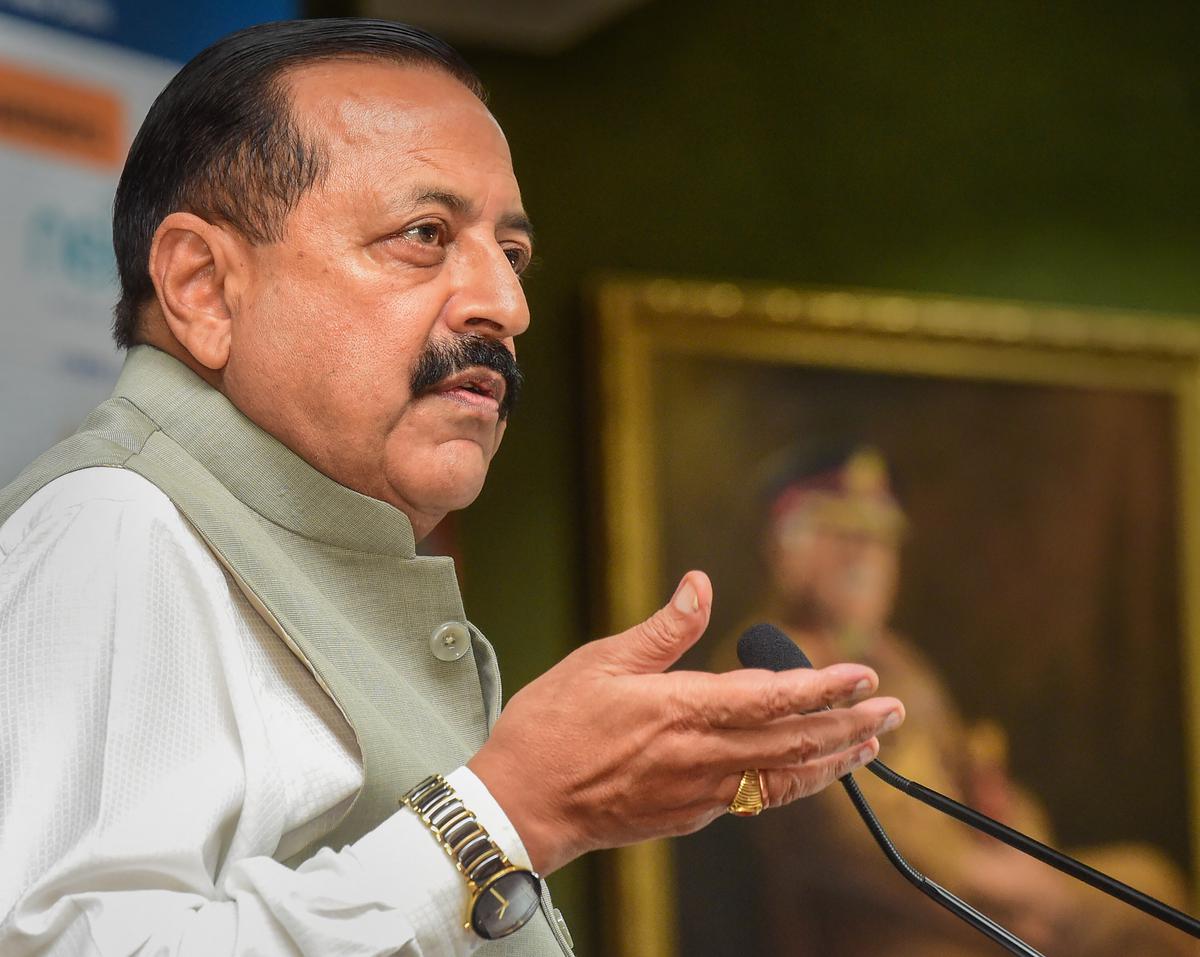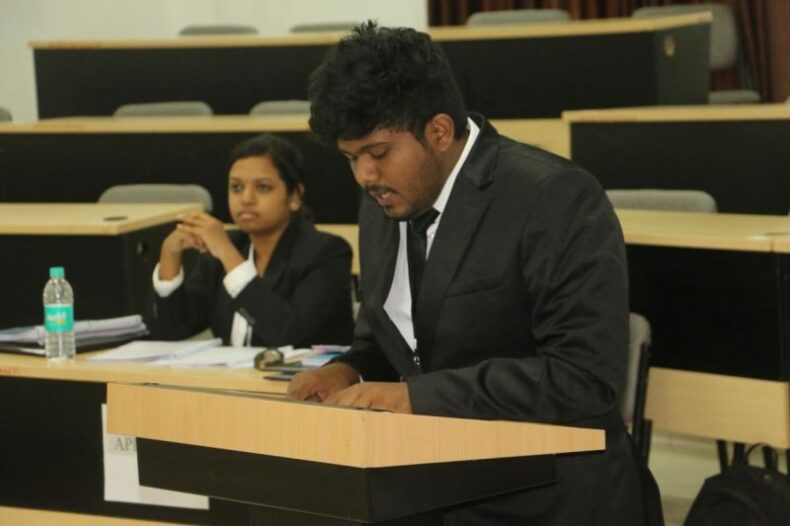A two-day conference with the theme “Akash Tatva” is scheduled to be held in Dehradun by the Indian Space Research Organization (ISRO) and the Ministry of Science and Technology (MoST). According to Science Minister Jitendra Singh, this conference will introduce the “youth of India to the wisdom of ancient science along with modern scientific advancements.”
The Rashtriya Swayamsevak Sangh-affiliated organization Vijnana Bharati, which promotes “swadeshi science,” is a co-organizer of the conference that will take place on November 5 and 6.

The Akash Tatva Conference
It is the first conference on Indian Ancient Science’s PanchMahabhoot.
The Akash Tatva conference is focused on the idea of “Akash For Life.”
The three-day conference will demonstrate how all schools of thought have been thoroughly integrated to blend traditional and modern knowledge.
The primary goal of the conclave is to introduce India’s youth to both the insights of ancient science and the most recent scientific discoveries.
The conference will host 35 “eminent speakers” who will give talks over the course of two days about topics like developing a “sustainable living based on panchmahabhoot.”
The Panchmahabhoot idea states that all matter is made up of the five elements of earth, fire, water, wind, and air.
One Tatva, Akash, the accompanying ancient wisdom, and how it links to modern science are the core objectives of the conference.
Over the course of three days, the conference is expected to host 35 “eminent speakers” who will lead discussions on issues like creating a “sustainable life based on panchmahabhoot.” The latter states that all matter is made up of the five elements—or the prescientific concept—of earth, fire, water, wind, and air. The conference’s primary goal, according to S. Somnath, Secretary of the Department of Space, is to explain the meaning of the tatva Akash and how ancient wisdom relates to current science.
“We all see the close connection between the panchbhootas and the welfare of humanity. Ajay Sood, Principal Scientific Adviser to the Government of India, suggested that a full study of the panchbhootas could help us overcome the myriad of environmental difficulties we currently face. The scientific secretaries of each MoST department were present at the press briefing to announce the conference together with Mr. Sood and Minister Singh. “From a contemporary scientific standpoint, this conference will showcase Indian thought and traditional principles of ‘Akash Tatva’ in the global arena.”
According to Mr. Sood, the conference would include topics including “Earth and Atmosphere: Interaction of Akash, Environment,” “Climate Change: The Role of Akash, Impact of Modern Technology, Adaptation and Mitigation Measures,” and “Climate Change: The Role of Modern Technology.”
In a nutshell, this event, according to Mr. Singh, “represents all that the government headed by Prime Minister Narendra Modi stands for.”
A session on “flying in the Vedic age” that many scientists deemed to be “pseudoscientific” was held at the Indian Science Congress in Mumbai in 2015, which was attended by experts including Nobel Laureates. Mr. Singh stressed that the “Akash Tatva” conference would be a “purely scientific meeting” and that efforts would be made to have a “scientific blend of traditional wisdom” in response to media inquiries about whether the conference ran the risk of straying into the pseudoscientific.

Ancient Science in India
Astronomy
Ancient India had significant advancements in astronomy. The investigation of planetary motion received special attention.
In Pancha Siddhantika, which highlights the five schools of astronomy that were in vogue at the time, Varahamihira recorded all of his observations regarding the Shape, Position, and Rotation of the Sun and Earth.
Later astronomers adopted Aryabhatta’s deviation from Vedic astronomy and gave it a scientific perspective.
Mathematics
Math has become a separate branch of study by the third century AD. Indian mathematics is said to have originated from the Sulvasutras.
In the second century BC, Apastamba introduced practical geometry involving acute, obtuse, and right angles.
The monarchs’ ability to build fire altars on which to offer sacrifices was made possible by this knowledge.
The first book to refer to “zero” as a number was Brahmagupta’s Brahmasputa Siddhanta, making him known as the man who discovered zero.
Trigonometry was created due to Aryabhatta’s discovery of algebra and the area of a triangle.
Medicine
The Atharva Veda was the first to make reference to ailments, treatments, and medications.
Around 600 BC, the age of the rational sciences began.
Two key texts in this area are the Charak Samhita by Charak and the Sushruta Samhita.
Sushruta: By the time of Sushruta, surgery was a well-recognized medical specialty in India, albeit in a less-advanced form.
The Charaka Samhita, regarded as one of the foundational texts of Ayurveda and conventional Indian medicine, is well recognized to have been written by Charaka.
Metallurgy
The Vedic people were aware of how to tan leather, ferment food, dye, and ferment fruit.
Metals including iron, copper, silver, and gold, as well as alloys like brass and bronze, were being mass-produced by the first century AD.
The iron pillar in the Qutub Minar complex is an example of the excellent alloying that was carried out.
Ayurveda
The Charaka treatise on preventative medicine has been a standard work for two millennia and has been translated into several foreign languages.
The concepts of immunity, metabolism, and digestion were first mentioned in the writings of Charaka, the founder of Indian medicine.













